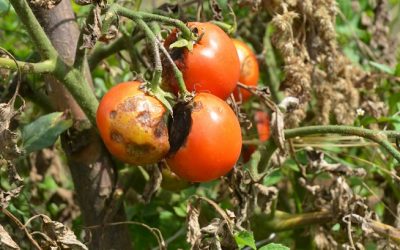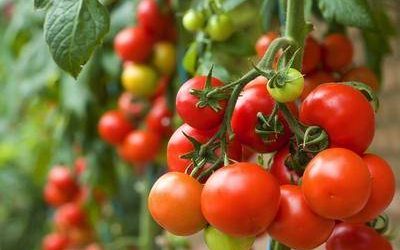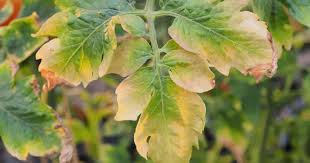More about Irrigation in Tomatoes.

Water is the lifeblood of your tomatoes. If you have a small farm or garden you can use watering cans or a garden hose to water your plant. For larger farms, it is often impractical, and you need to install some sort of irrigation system like drip irrigation for watering.
Drip irrigation: Is a great option for watering your tomatoes. It is more practical than hand watering on a large farm. If you can’t afford it, you can use a garden hose or DIY your own drip line. Overhead sprinklers are not a good option for tomatoes because they get water on the leaves, this can spread diseases like leaf blight.
With drip irrigation water seeps to the base of the plants and less water is used.
Irrigation is essential for producing consistent yields of high-quality tomatoes when growing for market. The combination of the current erratic rainfall patterns and soils with poor water holding capacity make it necessary for supplemental watering. Irrigation also reduces the risk of disastrous crop losses from fruit cracking due water shortages.
Here are some tips for effective watering:
– Apply water to the soil, below the mulch.
– A long, slow soak every few days is better than a short sprinkle every day.
– Tomatoes need plenty of water early in the season when initiating foliage and fruit.
– Monitor the soil moisture using your fingers. Put your finger in the soil up to your first knuckle and take it out. If the soil on your finger is moist you are fine, if it’s dry it’s time to water. Waiting too long to water can cause your fruit to split and ruin your crops.


